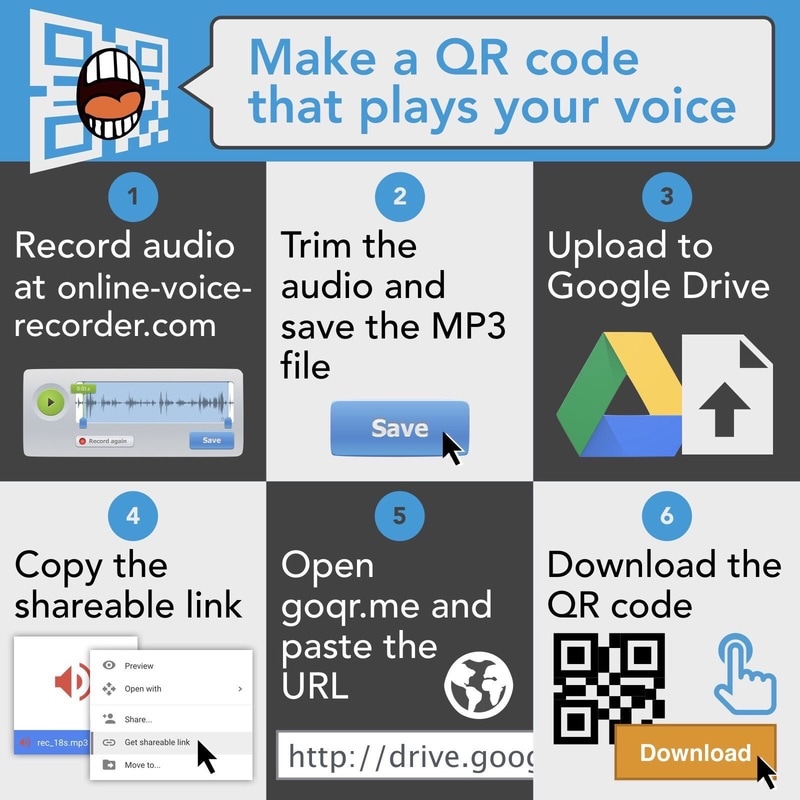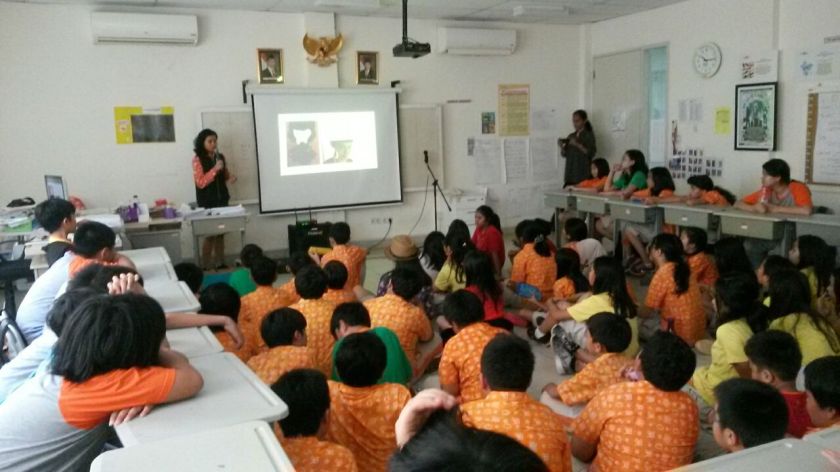Do you remember what your math lesson in your primary of middle school like? I do remember mine. When I was in grade 4, I remember about learning fraction with my Mom, and I was crying over my frustration, and because my mom was also frustrated in teaching me to do the math homework problems. Maybe she was like, why can’t you understand this fraction? And she yelled, and yelled, and it got me crying more and more.
It was a traumatic experience for me. And since that day, that’s it. Officially, math is a no-no. And then here I am, working as a teacher. It was fun teaching other subjects like reading and writing by telling story, playing pretend. It was fun learning about art by making artwork, making music, role playing. Even in learning science, we got to experimenting on things or blowing up stuff. I know my favorite subject ever was art, because I got to use my imagination in creating things, playing with brush and paint, and, I also got good grades in art.
But math, I never got the chance to feel good about it. The thing about learning math in the past, is when you failed an exam, the teacher will give another test on paper, called remedial, and we have to go through all over again, the things that we don’t even understand before. They drilled us, like drilling a never ending hole. I used to get red marks on my math grades, and there was nothing I, my parents, and also my teachers can do about it.
And came the time, when I have to teach math to my students. I said to myself, hey, I won’t let what happened to me, happened to my students. I will not let them hate math, as I did when I was a child. I’m a teacher now, and I am in charge of the teaching. I can make math fun! And there I was, teaching the kindergarten math with counters, and songs, and games. And then teaching in grade 1 and 2. Math can still be fun. We raced to skip counting by twos and fives. We use beans and blocks to learn about place value by separating the tens and ones, and count them in groups. We make groups of objects in circles, in learning multiplication and division. And other hands on experience that brought math to concrete, from an abstract concept.
But then, the school ask me to be a grade 5 teachers. It was like the bridge to the next higher level of complexity in learning math. And one more year to the national exam. The learning objectives become more complex, and the pressure, well that is another thing. Students have to learn about fraction, decimal and percentage. Students have to learn about algebra, angles and measurements. And the language, the language of math seems to be more like an alien language to them. Such as equation, numerator, denominator, addend, vertex, and etc, etc. And also the challenge was, my students are learning in 2 language, English and Indonesian language. That was also the challenge for the teachers.
So, how can we, as teachers, can make students LIKE math? How can we make them love math, but learn math at the same time? How do we break down those stigma about math? How do we teachers, can say to ourselves, forget about counting, calculating and tables, let’s have some fun! Can we do that?
The answer is, yes we can. But of course, we can not do it instantly. It takes courage, to start making changes in your teaching planner, changes in your daily activities. It takes confidence in asking the right questions, provoking the challenge. It takes creativity in designing the learning path for the students.
Challenges can also came from other fellow teachers or school management. The questions like; what about the grades? What about the learning objectives? What about the national exam? What about doing the word problem? Can students overcome those things when all they do is having fun?
The answer is, why not? Research stated that, the more we learn in contextual meaning, different grouping, games, and with a fun and relax atmosphere, can develop skills in problem solving, higher level of thinking skills, and eventually good grades.
The thing is, we need to change our own mindset on how we look at things. If you think that math learning objectives as a burden, as a workload to do, than you’ll get nothing. But if you think that learning math as a challenge, as a fun way of learning, then you will get something.
You can always put math into something that you like. If you like music, then make it into songs, or putting the math equations into lyrics. If you like arts and craft, then you can make any arts out of numbers, patterns, or even equations. If you like reading and writing, then make it into a storytelling, book cover, fantasy story. If you easily bored with anything, you can make it into a role play, games, or even a competition out of it. You can do all of that, and at the same time, observe them, assess them, take notes on how they are doing it, their comments when they are doing it, take notes about how they collaborate with each other, how they learn from their mistakes.
Students nowadays, they need to be passionate about what they are learning. They always ask about “Why do we learn about this? Why do we have to learn about this? Why is it matter to me?” It is an understandable questions, because nobody wants to do anything if they don’t like it. Make the learning contextual, connect the learning into their daily life, throw them a problem to be solved, challenge their thinking without make it into drilling activity, make them practice math on their life, not practice on paper.
You might say that it is easier said than done. But hey, what is so hard about having fun? What is so hard about practicing into daily life? Change your mindset, change you class environment, put more hands on, and minds on activities in your class, add some games, going outside the classroom wall, connect to the surroundings, connect with each other. You can make it happen, let’s make it fun!

